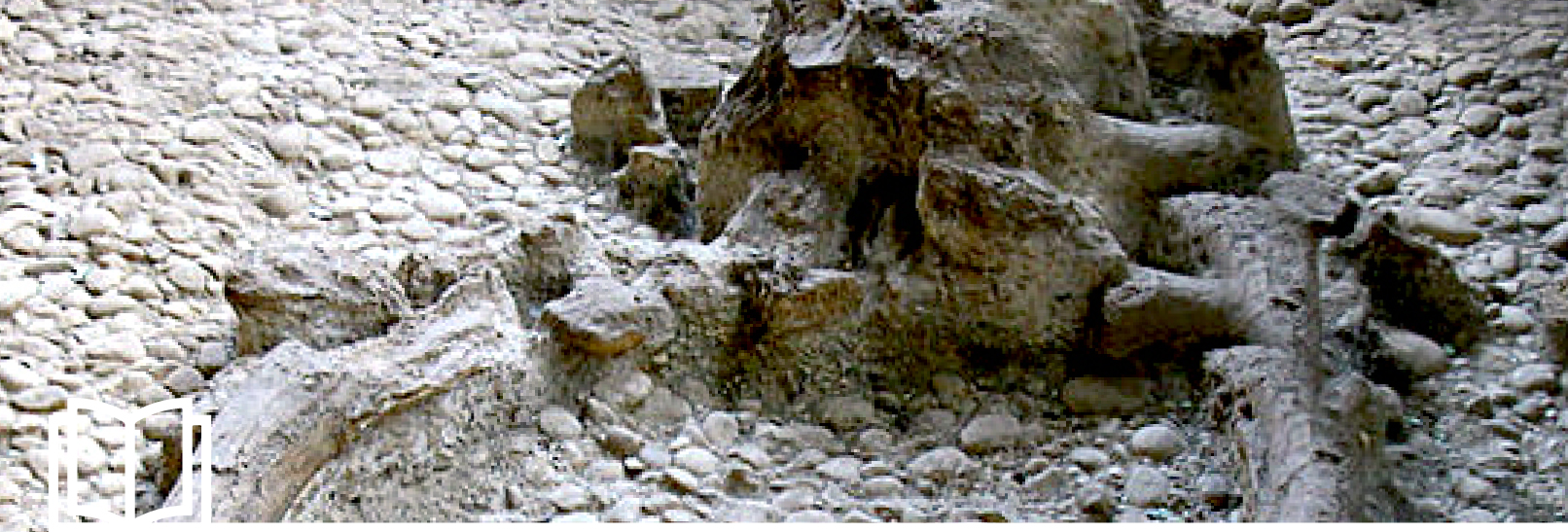Since its formation, the volcano has been associated with other events that have continuously influenced the history of these places, both in terms of nature and mankind. The first of these was the formation of lakes in the plains facing the volcanic cone: the Vulture paleolagos.
The erupted material eventually dammed the streams of the great valleys, which turned into lakes. The Ofanto itself, the Aufidus tauriformis of the Romans, was forced to alter a section of its course.
Prehistoric man and animal life was centred around these reservoirs, and particularly on their banks. This is evidenced by the excavations carried out at the 'Cemetery of Atella' or at 'Notarchirico'.
At the latter site, the oldest Middle Pleistocene human fossil so far discovered in Italy was found: a femur belonging to the species Homo heidelbergensis, and dated 665-610 ka. Notarchirico thus constitutes the 'key' site for understanding primitive Acheulean culture in Western Europe.
Reaching the Vulture and its caldera must have been an arduous undertaking, but it certainly did not deter the monastic communities: first the Basilians, then the Benedictines, later the Augustinians and finally the Franciscans went there.
Despite the fact that the ancient Via Herculea passed close by, only a few sheep tracks and paths, which were often uneven, allowed carriages to pass through Vulture: they were a rare means of transport in a place considered militarily strategic since the Roman Empire.
Only a century and a half ago, a trip to this area was an adventure reserved for a few daring scholars, artists or well-heeled onlookers who, as a precaution, prepared a will before leaving.
As well as being difficult to reach and fraught with obstacles, the entire mountain was riddled with brigands organised into gangs, so there were few who were willing to accompany the enterprising and unprepared traveller.
The Russian Pierre de Tchihatchoff, of the Imperial Society of Naturalists in Moscow, the Englishmen Charles Dauboney (chemist and botanist), Edward Lear (painter and writer) and Robert Mallett (seismological scientist of the Royal Society of London), the Swiss physician Karl Willhelm Schnars the Prussian geologist Otto Wilhelm Hermann Von Abich, the Frenchmen François Lenormant (archaeologist with a keen civil and political passion) and Emile Bertaux, a scholar of medieval monuments, are just some of the travellers who were attracted to the Vulture area, and who have published memoirs on the subject.
A tutti questi viaggiatori il Vulture apparve unico, come se ne avvertissero l’autorevolezza.






